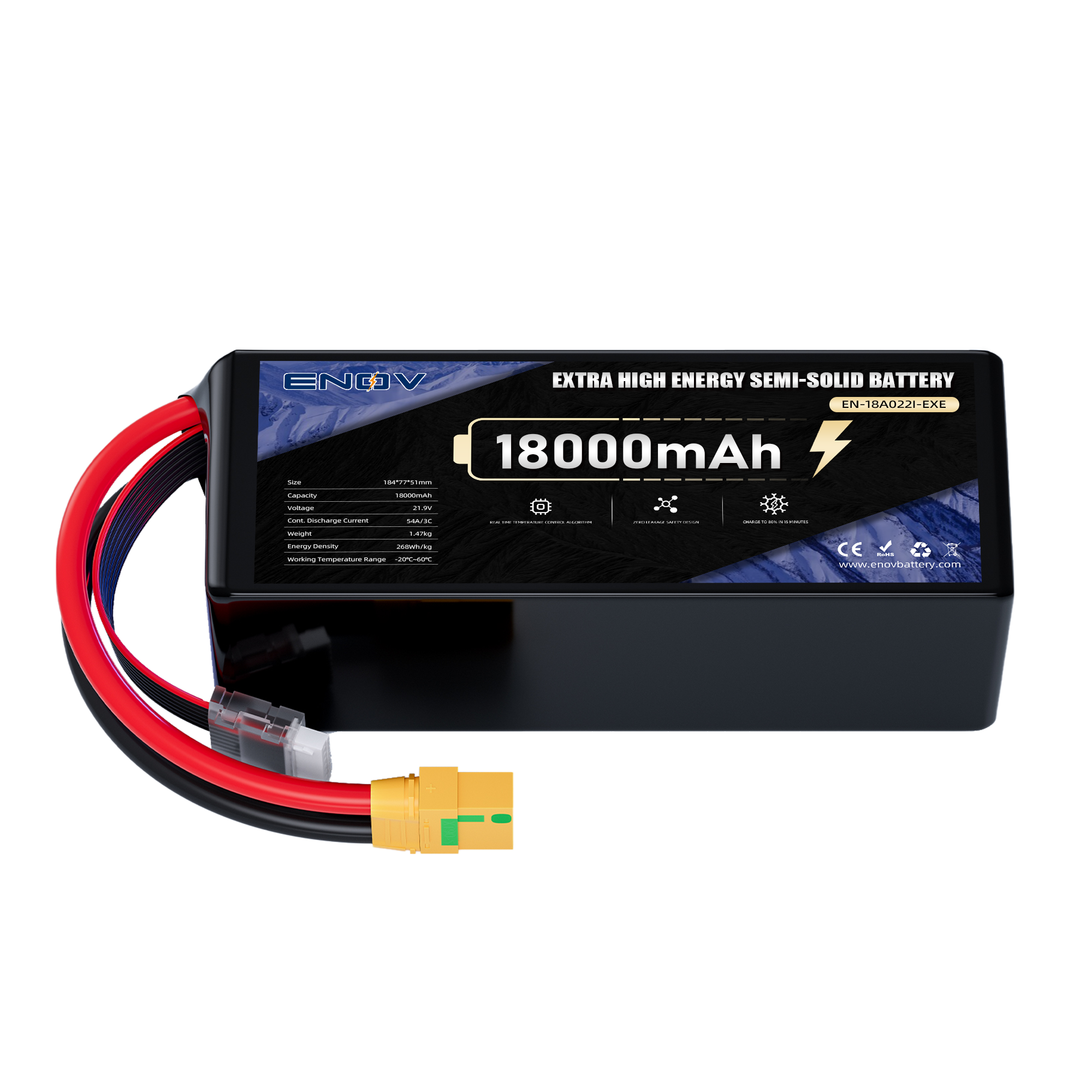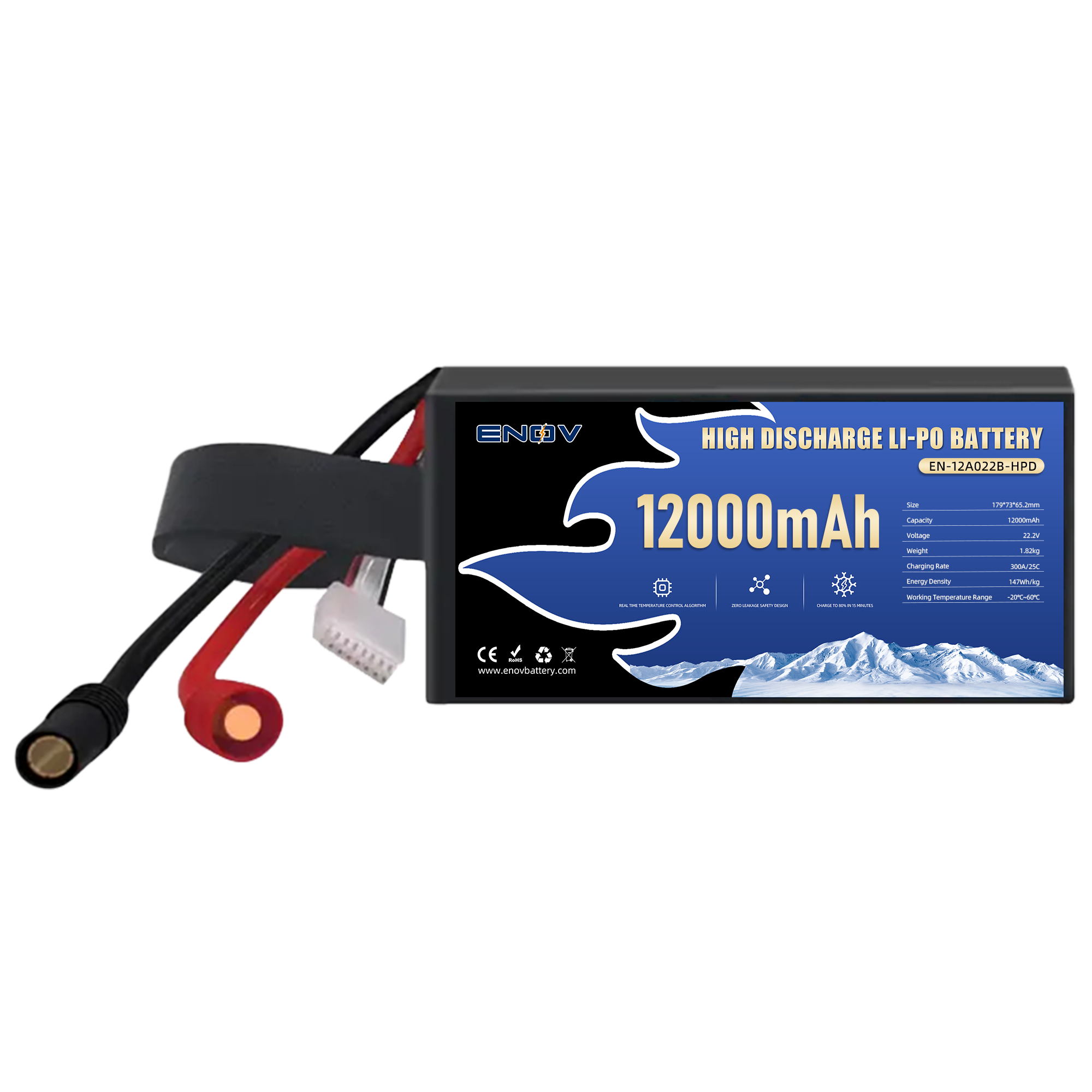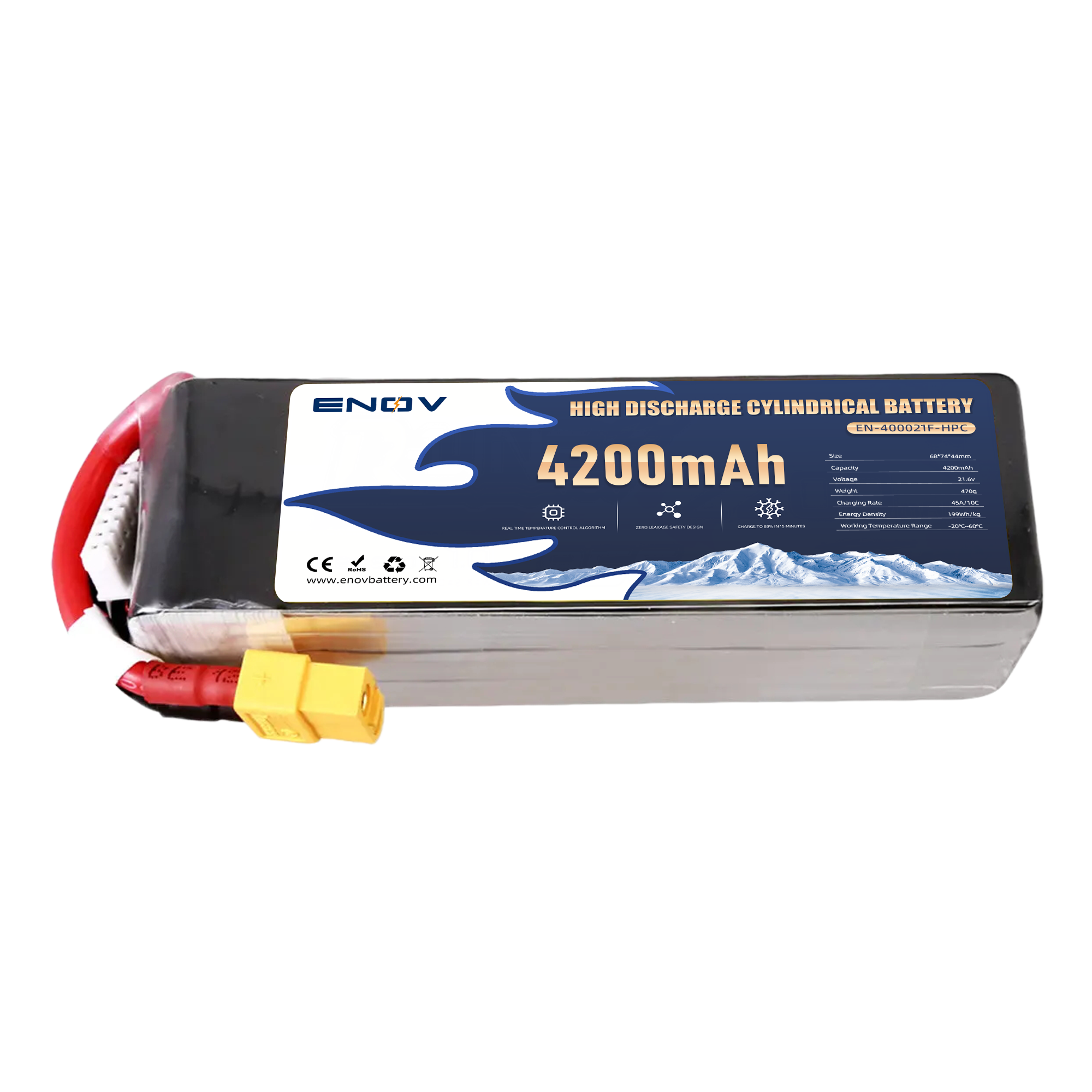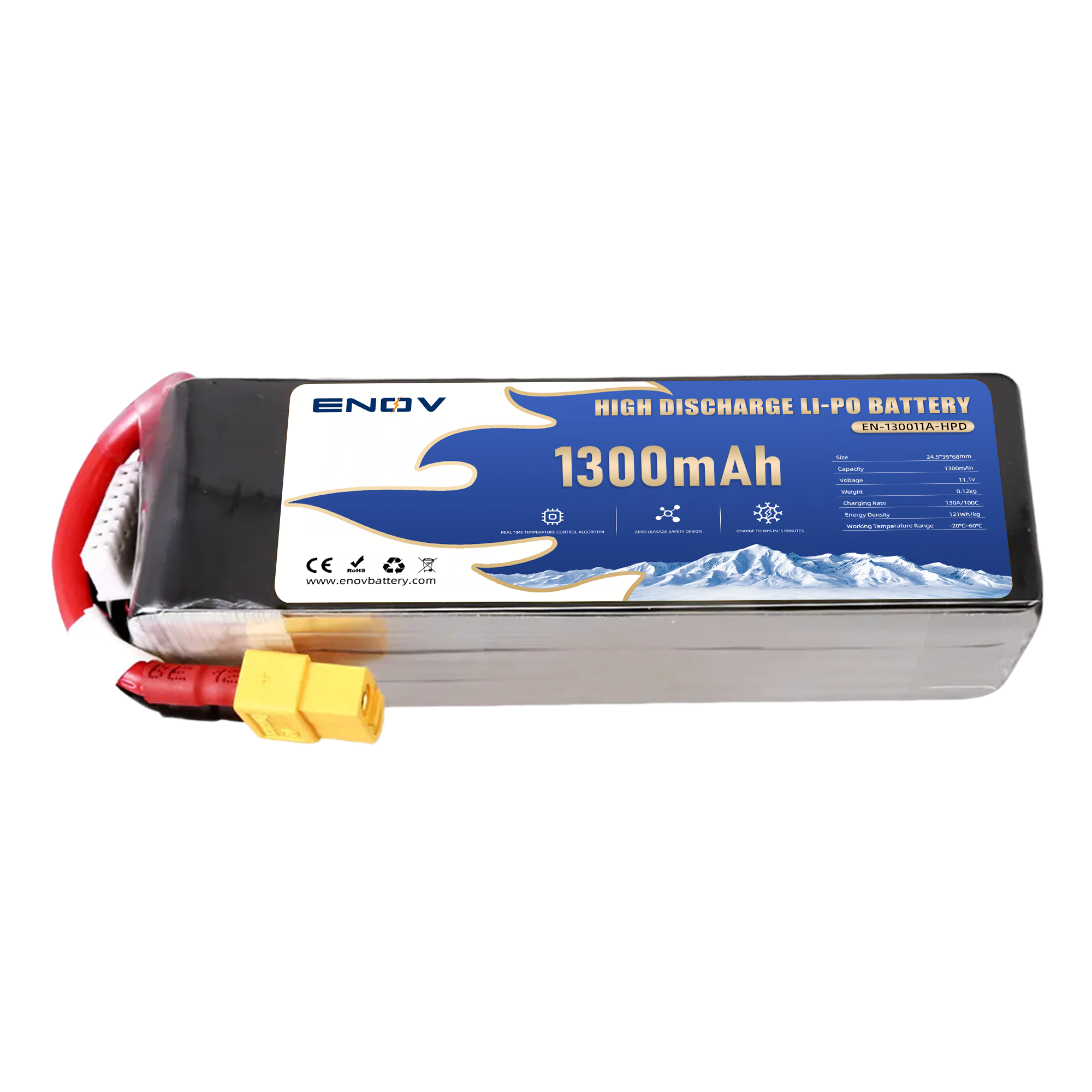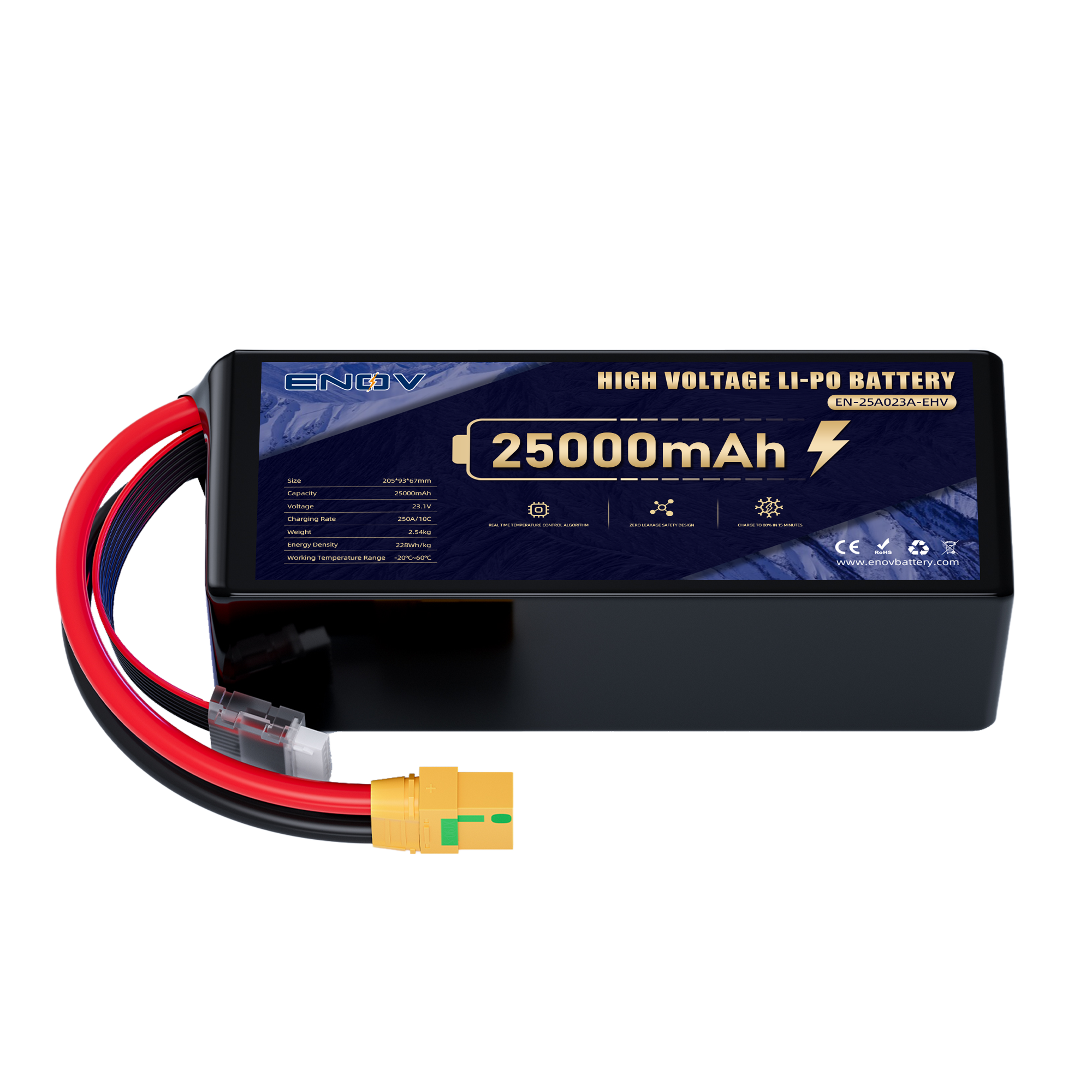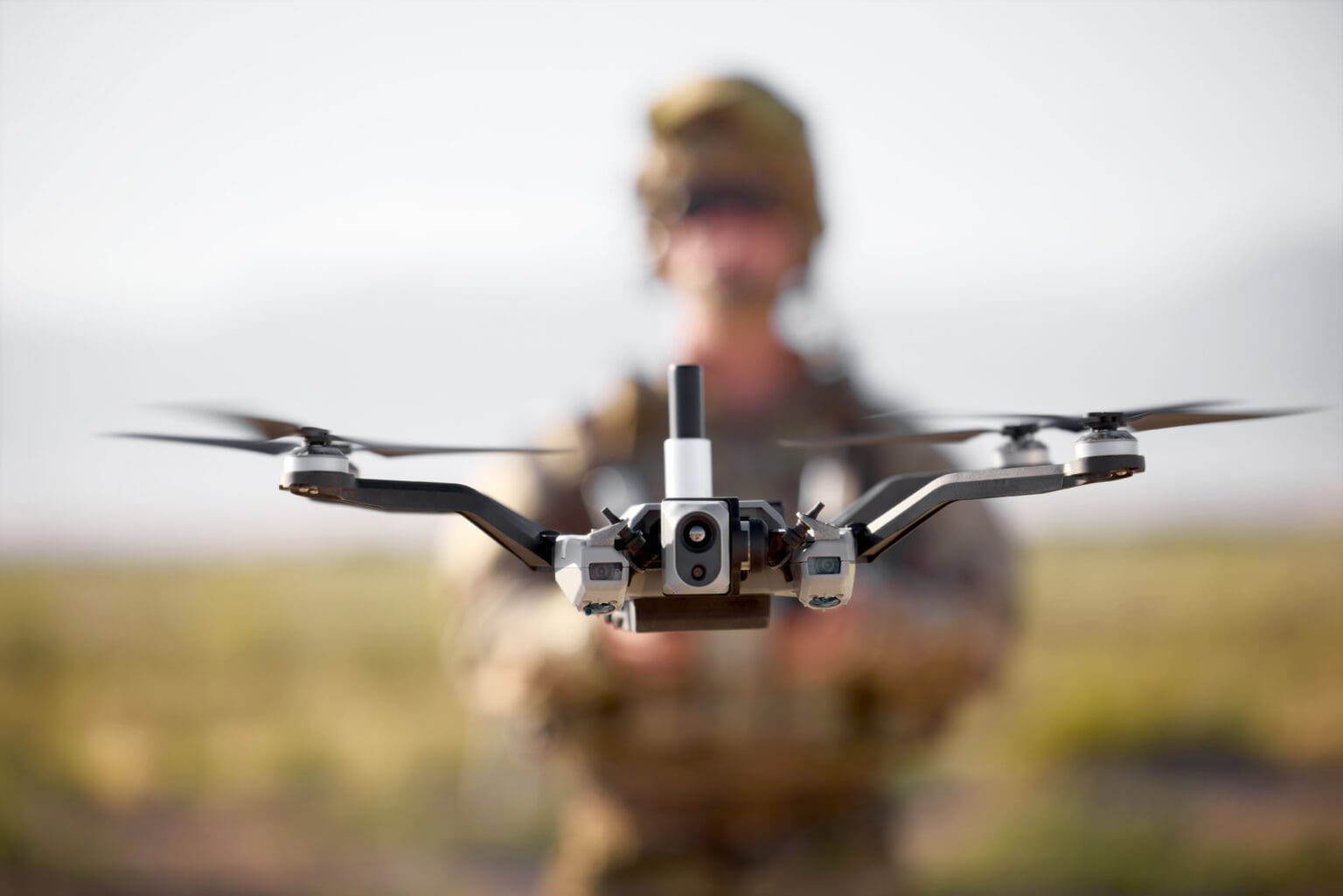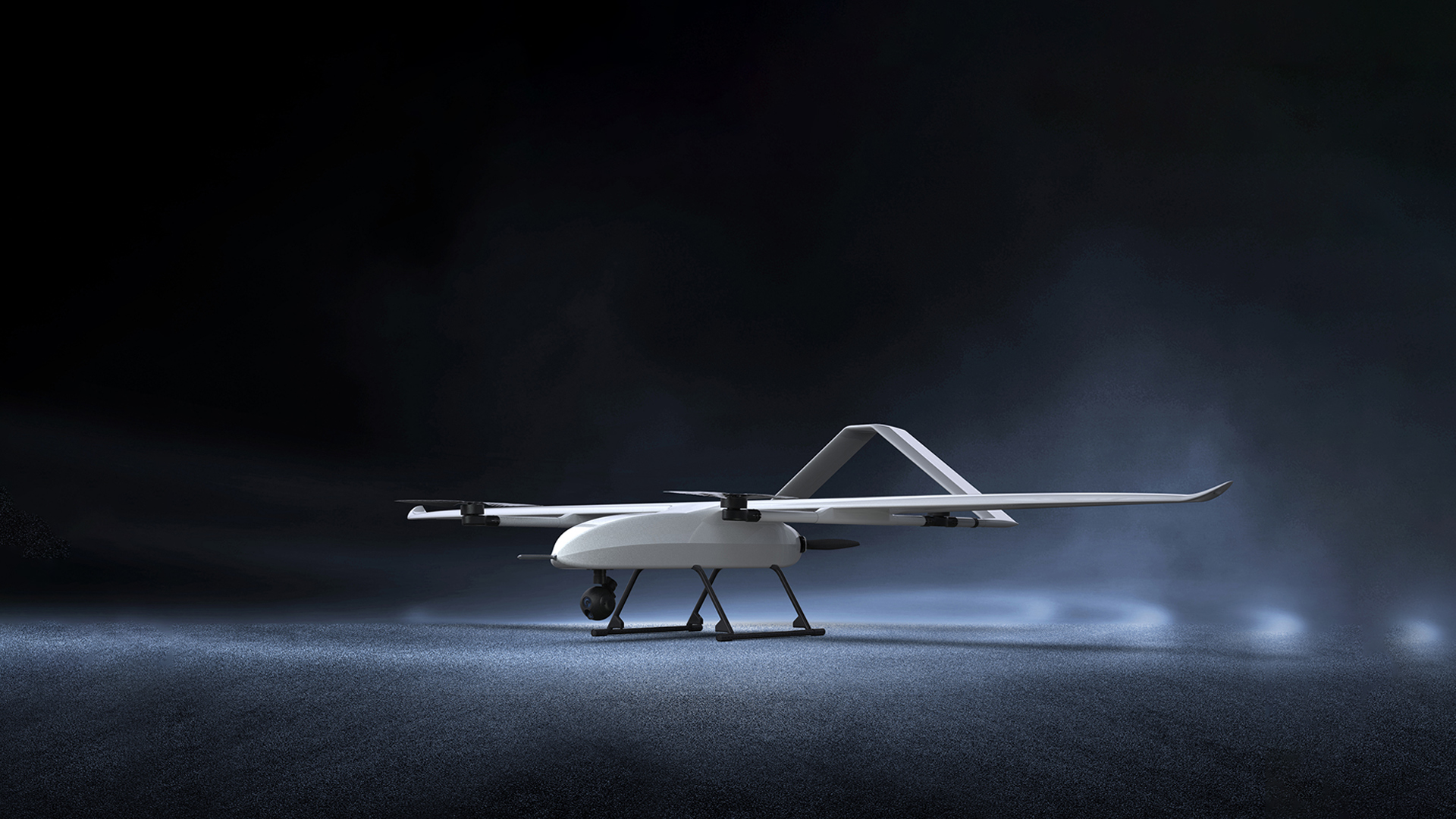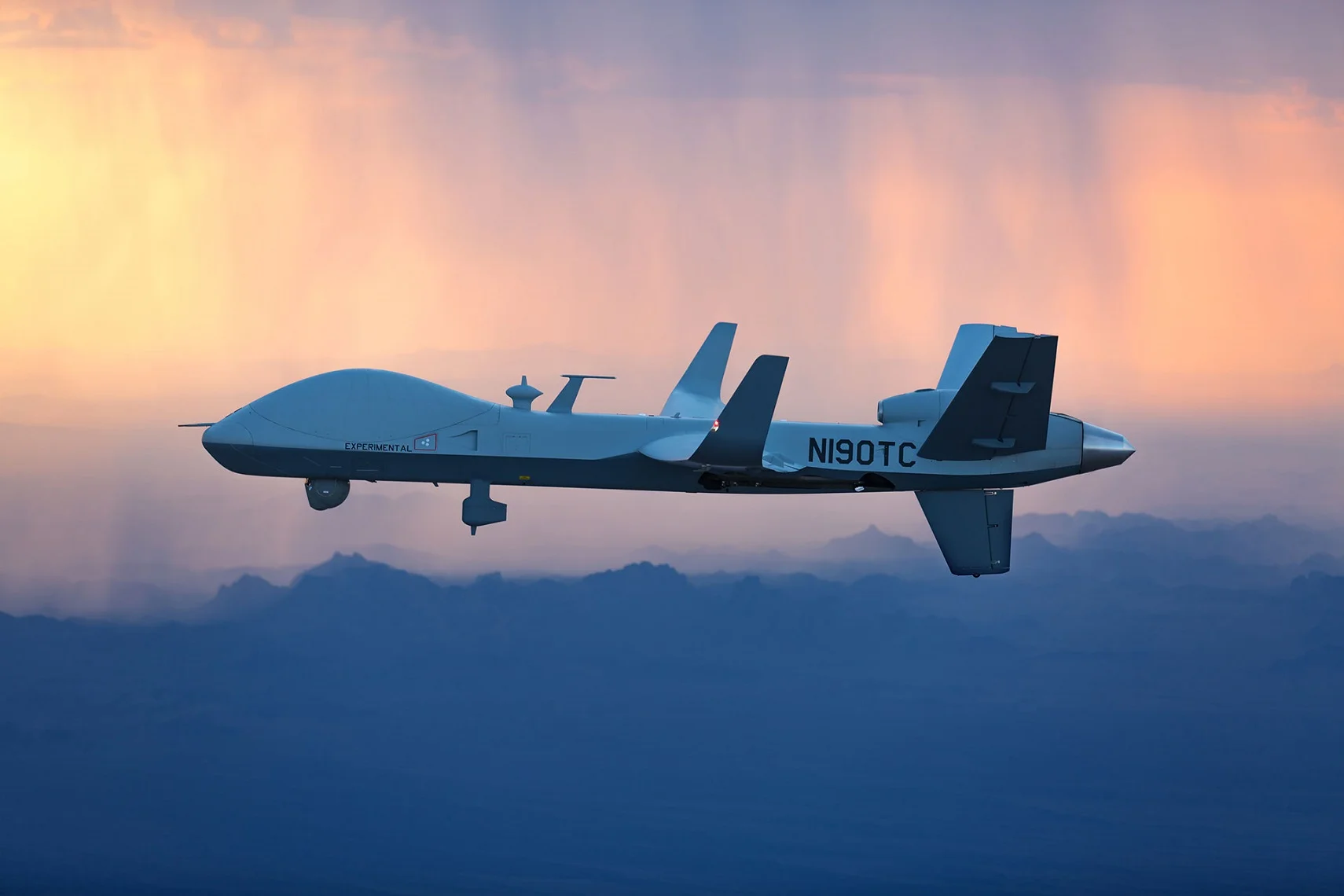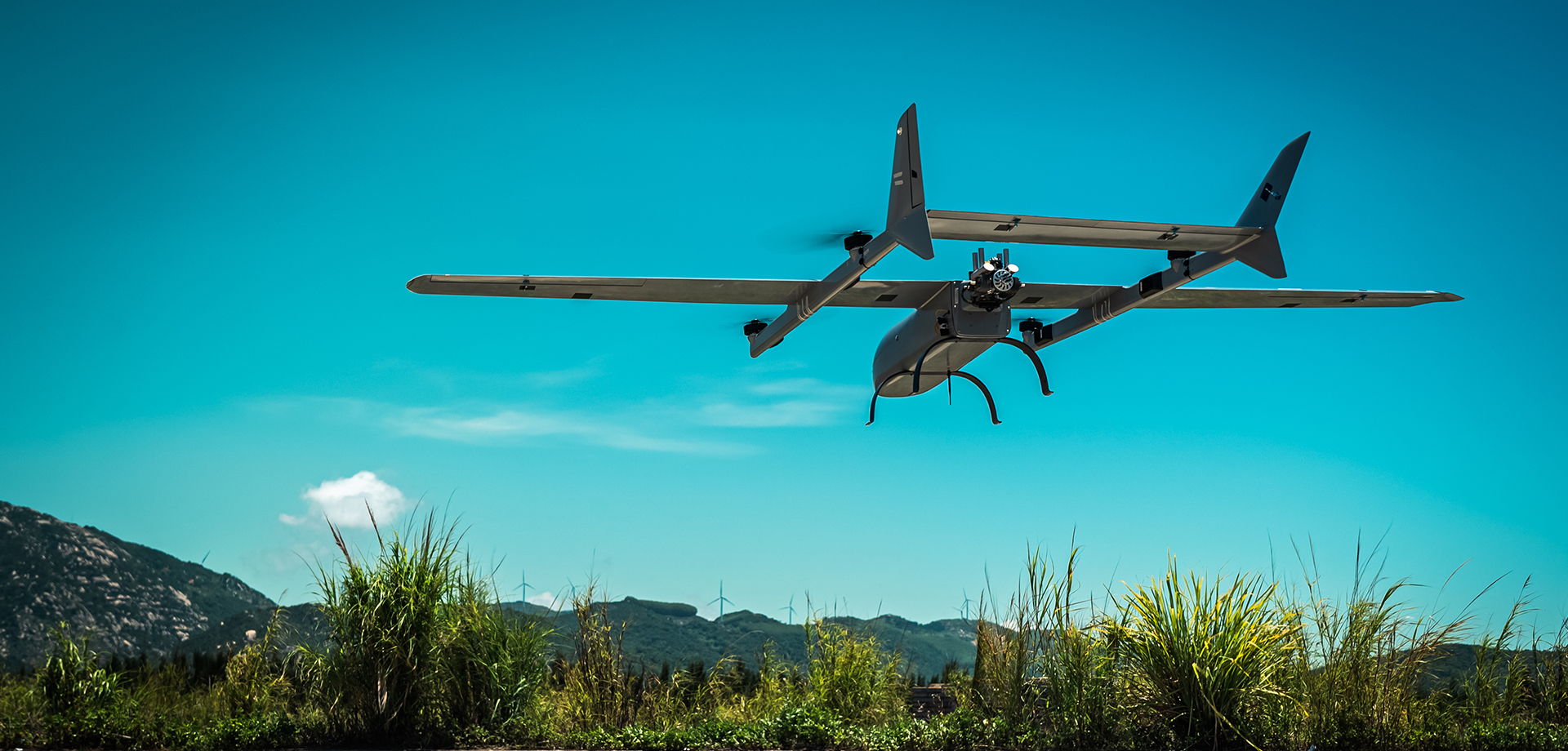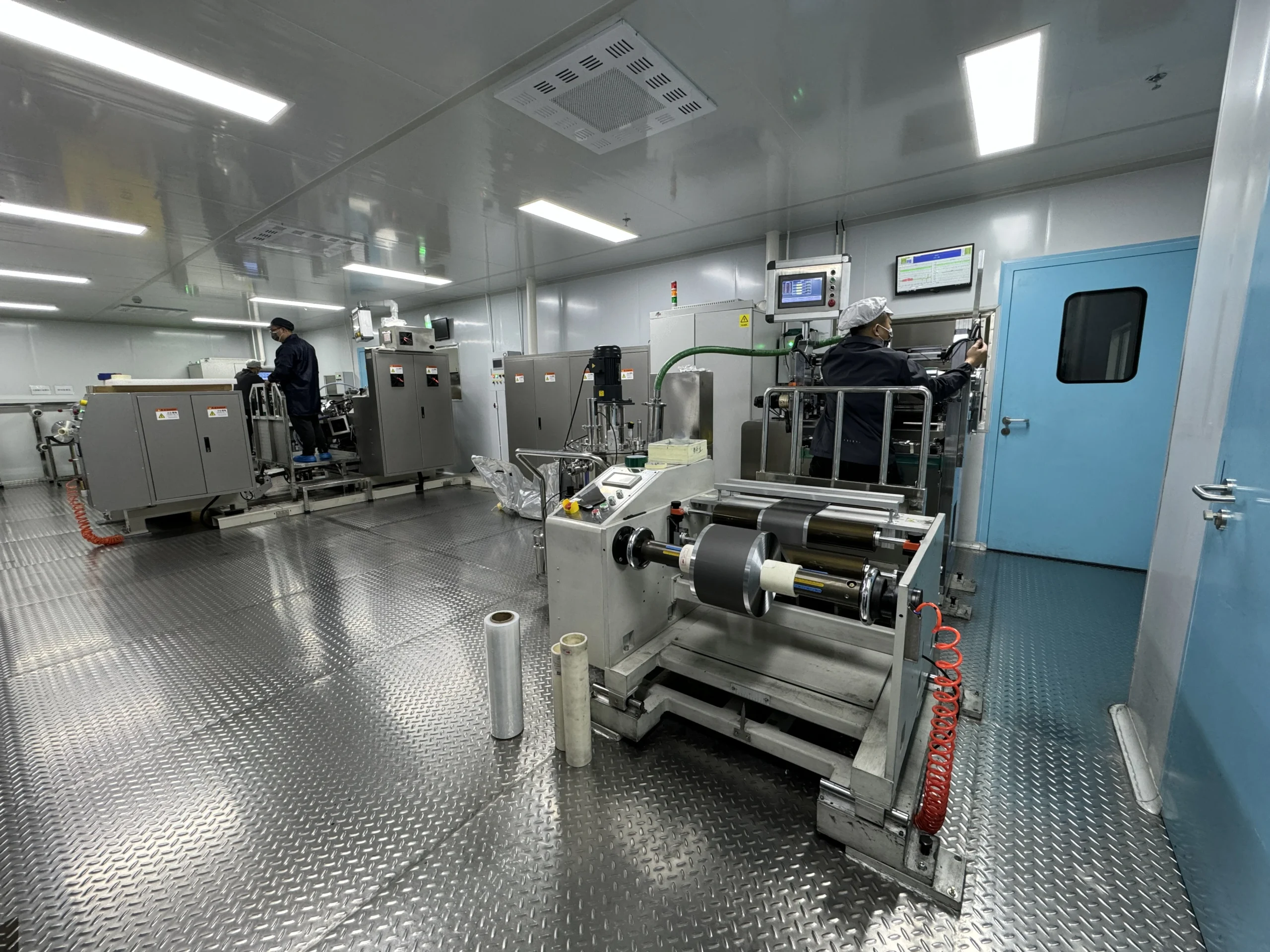Lithium-Based Chemistries: The Industry Standard for Drone Battery Energy Storage
Lithium-Based Chemistries: The Industry Standard for Drone Battery Energy Storage
Lithium-based chemistries dominate the energy storage landscape for drones, delivering unmatched efficiency, reliability, and scalability.
From lightweight lithium-polymer (LiPo) systems to high-stability lithium-ion (Li-ion) designs, these technologies underpin modern UAV performance. As drones evolve for demanding applications—including aerial photography, industrial inspections, and long-range logistics—innovations in lithium-based electrochemical materials continue to set benchmarks for energy density, safety, and thermal management.
This article explores the advancements and unique advantages of Li-ion and LiPo chemistries, their evolving applications, and future directions in drone battery technology.
thrust
1. Lithium-Ion (Li-ion): Stability Meets Scalability
Lithium-ion batteries remain the backbone of drone energy storage due to their proven reliability and cost-effectiveness. With energy densities ranging from 150 to 220 Wh/kg, Li-ion systems strike a balance between power output and durability, making them ideal for heavy-duty industrial drones requiring extended flight times. Recent advancements focus on optimizing cathode materials like nickel-manganese-cobalt (NMC) oxides to push energy densities beyond 320 Wh/kg while maintaining thermal resilience.
A key innovation lies in hybrid anode designs. Traditional graphite anodes are now augmented with silicon oxides (SiOx), boosting capacity by up to 30%. Although silicon’s expansion during charging poses challenges, composite materials like silicon-carbon matrices mitigate structural stress, ensuring longevity without compromising energy storage.
2. Lithium-Polymer (LiPo): Flexibility and High Performance
Lithium-polymer batteries excel in applications demanding lightweight, compact designs. Unlike rigid Li-ion cells, LiPo’s polymer electrolyte allows customizable shapes, enabling seamless integration into sleek, aerodynamic drone frames. Energy densities of 100–265 Wh/kg, combined with rapid charging capabilities, make LiPo the preferred choice for consumer drones and racing UAVs.
Safety advancements further enhance LiPo’s appeal. Solid-state and gel polymer electrolytes reduce flammability risks, while advanced battery management systems (BMS) optimize charge cycles. For instance, hybrid LiPo configurations now achieve over 800 cycles—a 60% improvement compared to earlier models—ensuring durability even under frequent use.
3. Future Trends: Solid-State and Sustainable Solutions
The next frontier for lithium-based chemistries lies in solid-state electrolytes. Replacing liquid electrolytes with ceramic or polymer alternatives enhances safety and energy density. Prototypes like lithium-ceramic batteries already demonstrate 380 Wh/kg, outperforming traditional Li-ion systems by 40%. These innovations also improve low-temperature performance, ensuring stable operation in sub-zero environments. Sustainability is another critical focus. Closed-loop recycling processes recover over 80% of lithium and cobalt from spent batteries, reducing reliance on raw mining. Emerging techniques, such as hydrometallurgical extraction, further lower environmental impacts while maintaining material purity for reuse in new cells.
Conclusion
Lithium-based chemistries remain indispensable to drone battery technology, combining decades of refinement with cutting-edge innovations. Li-ion’s stability and LiPo’s adaptability address diverse operational needs, while solid-state and recycling advancements promise safer, greener energy solutions.
As these technologies mature, drones will achieve longer flight durations, faster charging, and enhanced reliability—solidifying lithium’s role as the cornerstone of UAV energy storage.
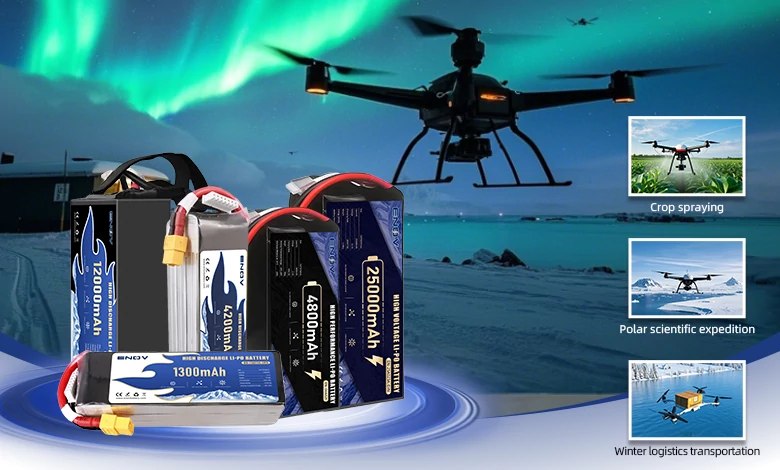
UAV DRONE battery
Enov UAV battery has the most advanced UAV battery new technology, it has a lightweight structural design, ultra-high energy density, stable continuous discharge, customized ultra-high instantaneous discharge, wide temperature working range, stable charge and discharge, battery materials can choose high nickel terpolymer positive/silicon carbon negative material system combined with semi-solid battery technology. Or choose a more mature application of more UAV lithium battery technology, available UAV battery nominal voltage 3.7V, capacity 18.0Ah ~ 30.0Ah, support 10C continuous discharge and 120C pulse discharge (3 seconds). With ultra-high energy density (220-300Wh/kg) as its core advantage, Enov UAV batteries can meet the needs of long-term endurance scenarios such as plant protection drones and transport drones, while maintaining stable emission performance in extremely low temperature environments (-40℃).
Other products
START-STOP LITHIUM BATTERY
LITHIUM ENERGY STORAGE BATTERY
QUICK INQUIRY
FAQ
Access to high frequency technical questions with one click, get accurate answers on product application, after-sales policy and customization process.
Service and Support
Get the latest product specifications, explore professional OEM/ODM customization services, click to open exclusive technical support and production solutions.
Become a Partner
We sincerely invite resources to interconnect, work together for win-win development, and immediately open a new chapter of strategic cooperation!
